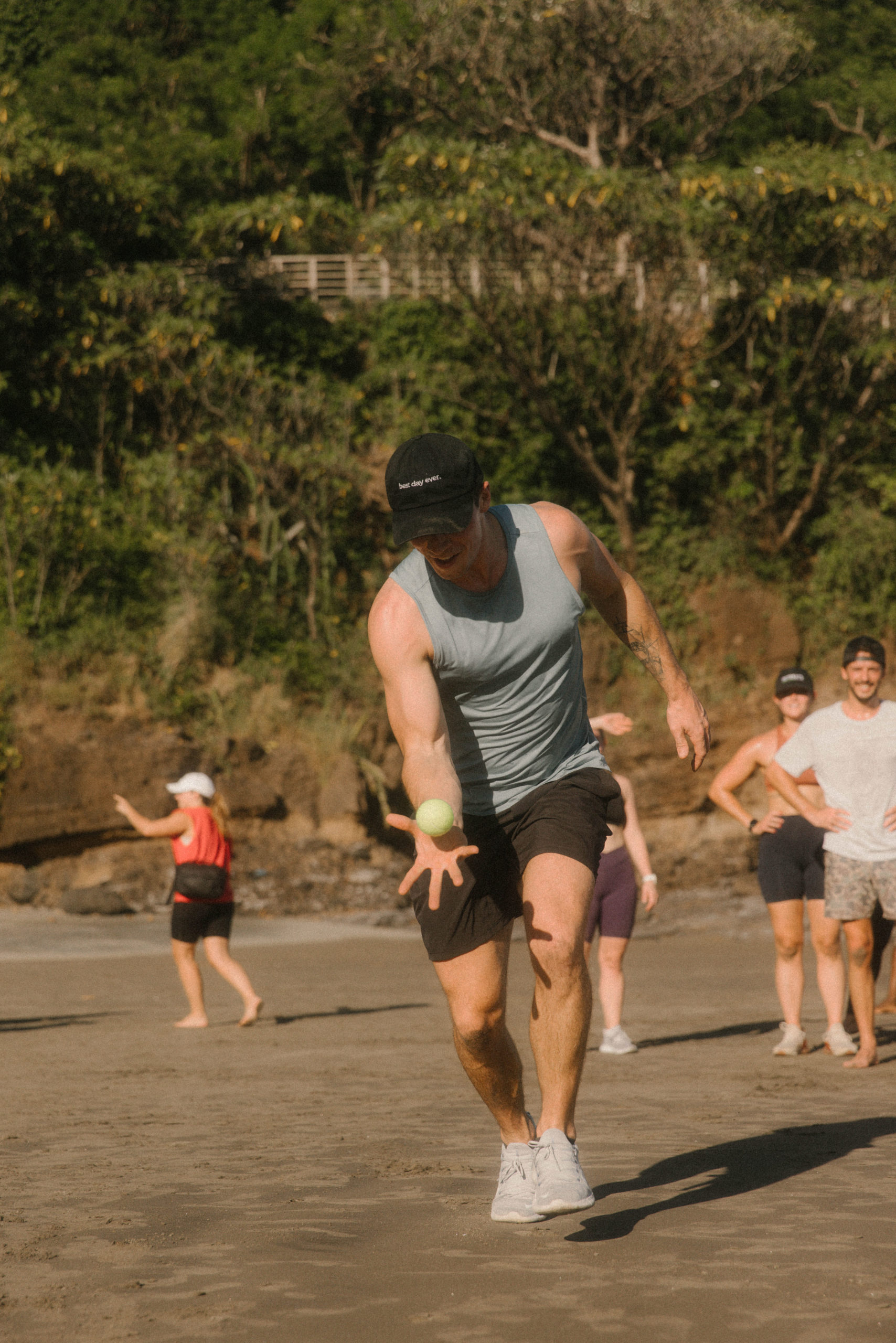Let’s first start with an assumption; “good health” is subjective to every single person on the planet. What feels “good” to me might feel horrible to you (e.g., I like running, you may hate it). What tastes good to me might not taste good to you. We have vital biomarkers that allow the western health system to make sure our heart is beating properly, but “wellness” goes far beyond our vitals (and, there are many ways to improve them that might be different for each person).
The health landscape, and most of its participants, try to force you into a category. These include certain type of mover, eater, thinker, and doer. They commoditize health in order to sell you goods or services, leading with the newest “hack”, fad, or trend. It makes you feel like you need a to-do list or self care routine of 100 items just to keep up.
The truth of the matter is that you need to find your health baselines, or “anchors”, that feel the best for you. This includes what you do for movement, what you eat, what you think about (i.e., how you manage stress, mental and emotional health), and how you go about living your life. You don’t need to complete a marathon, do CrossFit, eat paleo, meditate 45 minutes each day, do 20 face peels, drink celery juice, and sleep 9 hours to live a healthy life.
Here is a quick example for Jason (writing this email):
As soon as I can no longer run multiple 6-minute miles, my run conditioning feels “out of shape.” If my left knee hurts, I’m running too much. If I cannot complete 20 straight pull-ups, my strength is falling behind. If my right elbow feels cranky, I’m doing too much grip work. If I feel sluggish by 12pm, I didn’t sleep enough the night prior (prompting me to take a nap, if possible). If I get a migraine, I’m too stressed overall. If I don’t get time to read a book at least three days a week, I packed my schedule too tightly.
In these quick examples, you can tell some of these “anchors” are day to day checkpoints and some are broad (obviously you can’t change some of these overnight). They are simply performance benchmarks that allow us to compare how we feel now to our ideal state.
What are your “anchors”?
They might include being able to hike your favorite trail without knee pain. Maybe it’s setting aside 30 minutes to enjoy your lunch sitting down, at a table, with your food on a plate. Maybe it’s time to call your parents or friends, watch sunset, attend your favorite class, lift a specific weight, weight a specific amount, etc.
One helpful tip is to make sure these anchors allow you to perform a specific function, and make that function as objective as possible (yes or no answers) so you can test in the future.
When you veer too far off course, these anchors help you return home to your version of optimum health. You might need to course correct at transition periods in your life (e.g, changing jobs, changing workout goals, changing schedules, etc).
An anchor is a state you know will bring you back to a feeling of well-being. Add up enough of them and you’ve got the fuel for a best day ever.

